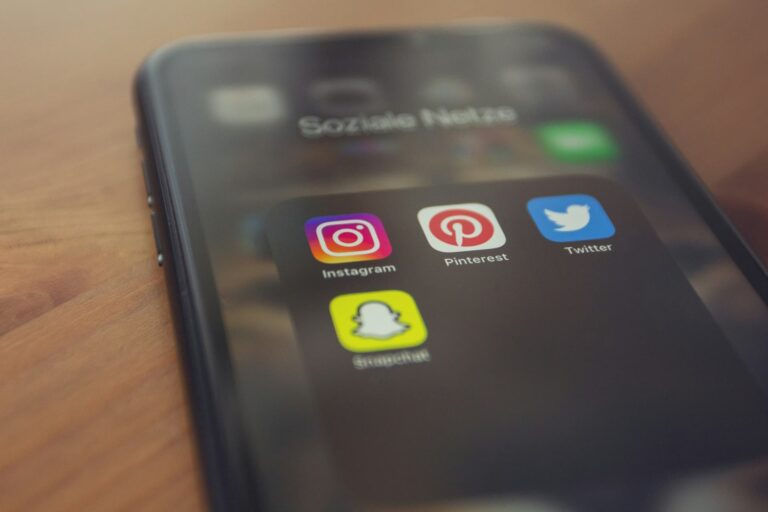
As one of the leaders of the AR world, Evan Spiegel came a long way to get here. That includes AR and non-AR endeavors such as building Snapchat from nothing, bringing it public, and at one point turning down a $3 billion acquisition offer from Mark Zuckerberg.
This story arc is documented in a sprawling interview released this week from Diary of a CEO. We’ve embedded the episode below but also excerpted some of the best AR bits (credit: Cassie Bumgarner). You can see those below and use the timestamped links to jump directly.
There are some good “driveway moments” in the interview, and we recommend tackling it in pieces on your commute or next workout. Enjoy…
On Snap’s AR Leadership
“When I look at what we’ve done with augmented reality. We have Lens Core, which is our own rendering engine for augmented reality that runs on the phone and glasses. We have a tool called Lens Studio. It’s an incredibly sophisticated tool that developers can use to build AR experiences. We have hundreds of millions of people who are using these AR experiences on their phones. We have hundreds of thousands of developers who are making all of these AR experiences. When you have that very complicated technology, it’s hard to copy. And when you have an ecosystem of people who are using it, both in terms of developers and creators, and also our community who loves those AR experiences, it becomes very hard to copy the four million Lenses that developers created for our platform. Especially in the tech business, the faster you can evolve from being a feature or product to a real platform — that’s where the value is created over the long term.” Jump to segment…
On Developing Spectacles
“…That is to some degree that’s where intuition plays an important role, but it’s also where feedback plays a really important role. And that’s why with our last generation of Spectacles that we announced last year, the fifth generation of Spectacles, our goal was just to get it into developers’ hands as quickly as possible so that we can listen and hear, ‘Ok, what do you want to build with Spectacles, what tools are available, what isn’t there, what do you think would be really interesting’ – because the faster we can learn from people actually using our product, the faster we can make it better and find that product market fit.” Jump to segment…
On Tech Innovation Timelines and Mass Adoption
“You have to be very careful in technology because things change slowly, and then they change very quickly. And I think that was certainly the case with ChatGPT right? People felt, ‘wow, this new technology came out of nowhere,’ but no, they’ve been working on it for a decade and consistently trying to make progress. And so I think as long as you find something that you really believe can make a positive impact, that people can use in a really compelling way, you’re right that sometimes you have to be patient, but other times you can invent new things that bring that timeline in. A lot of times our team is thinking about how on the current trajectory, that could take a really long time, but what if we thought about it differently or invented some new piece of technology that could help us accelerate our vision to glasses and help people share these experiences that overlay computing on the world.” Jump to segment…
On Meta Ray-Bans
“The only thing that frustrated me was that the Luxottica guys had actually come to us probably back in 2017…. The company that makes Ray-Bans. They had come to us in 2017 saying, ‘Wow that’s so awesome what you guys are doing with Spectacles, we love it, we should find a way to partner,’ so we talked with them of course about everything that we were doing and then they went radio silent and decided not to partner with us, and then obviously resurfaced doing this with Meta. You learn a lot growing a business and really understanding how people do business. I think it shows you a lot about the world and I think it’s so important for entrepreneurs to really know that if they’ve got a really compelling idea, they’ve got an amazing service, that they can compete, that they can build really compelling businesses even though it seems impossible with such giant companies, whether it’s EssilorLuxottica, which is the giant in the glasses space, or Meta, I think Snapchat hopefully can be an example of a company that’s been able to stay independent and compete with these really large businesses.” Jump to segment…
From the Top…
Header image credit: Shutter Speed on Unsplash





